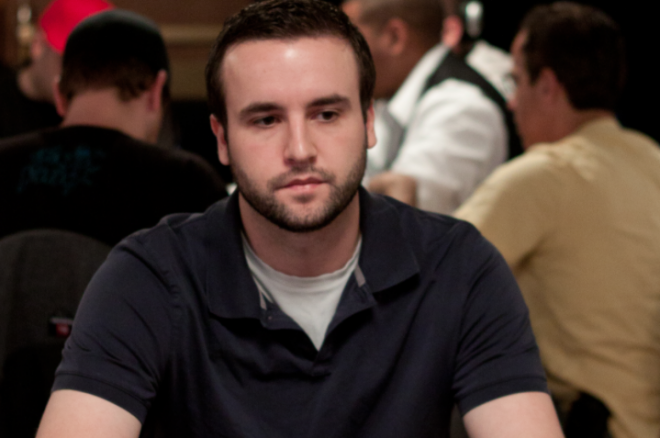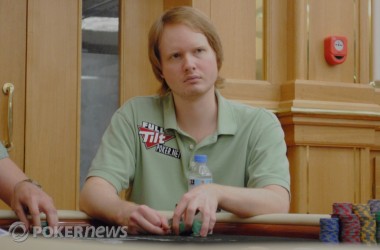Value Betting with PokerStars Supernova Elite Mike Ziemba, Pt. 2

We recently talked to Mike Ziemba, a PokerStars Supernova Elite, about general value-betting strategies against beginning players. Here, Ziemba analyzes a hand in which many of the strategies came into play.
Stakes and Game: $1/$2 six-handed no-limit hold'em
Stack Sizes: Hero - $218.90, Villain $172.90
Preflop Action: Hero raised under the gun to $6. Villain called on the button. It went heads-up to the flop.
What type of beginning player was he?
In this hand, my opponent had been playing 92 percent of hands after a 70-hand sample. These types of players are almost always "free" money to the table. Considering he was playing so many hands, I opened my range a bit in first position. King-queen offsuit is a great hand against a fish playing nearly every hand. Preflop, it's hard to put him on a range, but we can almost assume his range is any two cards.
Flop Action: The flop came Q?7?2?. Hero bet $9. Villain called.
So I put in a normal continuation bet on the flop. Once he called, it was still hard to tell what he could have called with. He was calling with nearly everything.
Turn Action: The turn was the 8?. Hero bet $24, and Villain called.
Talk about your thought process on the turn. How did you decide on your bet size, and how would it change if you were flatted on the button by a good, solid player.
The turn 8? was a great card because there are still no flushes or straights on the board. It was highly unlikely that this player had pocket aces, kings, queens, sevens, twos, or ace-queen in his range. The reason for betting larger is that this player will call almost any bet with any sort of draw or paired hands, so we value bet much larger. Against a good player, it's very hard to get value against a draw given the odds they are getting on the turn.
River Action: The river was the 7?. Hero went all-in for $179.90. Villain folds.
The river paired the board and didn't complete much of anything, so it goes back to the exact same thing I was saying about a passive fish. When I check, even if he does have a missed draw, he's more likely to check back.
Why did you decide to shove instead of putting in a pot-sized bet?
I decided to overbet the river hoping he'd call with any worse queen, pair, or possibly ace-high, which was unlikely but possible. If he did happen to have a random seven in his hand, that��s fine. In this spot, he's either calling or folding. Since I'm pretty sure I have the best hand a large percentage of the time, I went for max value. Considering he was a passive fish, I believe he'd be calling with any pair. When the board pairs, and nothing completes, it can also look like I have some sort of missed draw.
What would you have done on this river against a good player?
Against a good player, I would be more likely to check and then decide what to do on the river. Considering the board paired, I would probably check and then call. Ace-queen and better hands are in a good player's range, making it a much harder decision. Also, there's something to be said about a good player's range with the seven pairing the board. If you notice, that takes out a lot of pair plus flush draw combos in the flop making trips. So, if I thought he had a pair plus a flush draw, I would be likely to think it was A?2?.
Try out what you learned on your favorite online poker site, and as always, follow us on Twitter for up-to-the-minute news.








